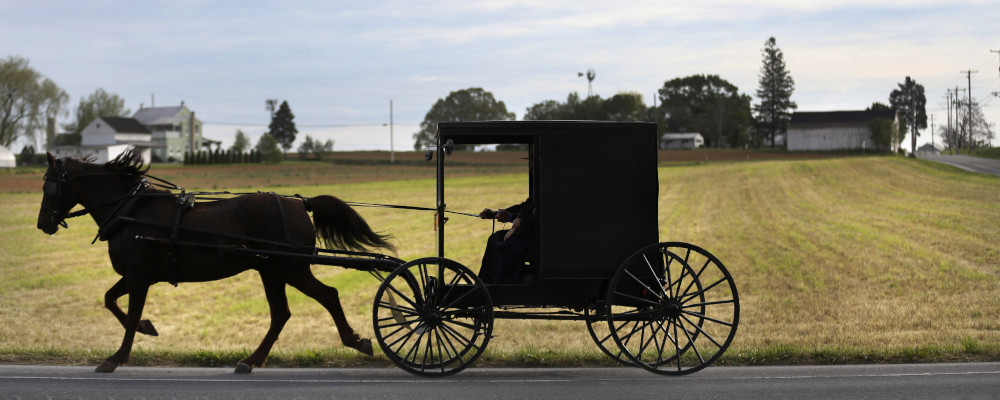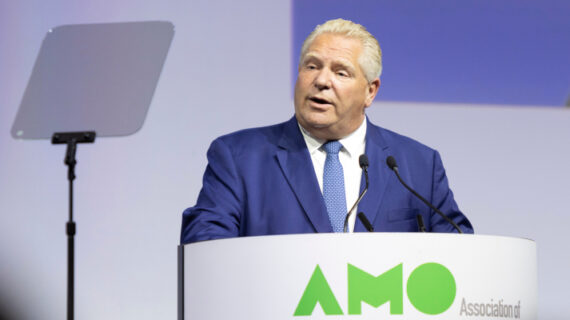Dear Hub reader, after weeks of speculation the federal government finally released this weekend its first pass at a regulatory interpretation of the Online News Act. Known by its legislative moniker C-18, the Act mandates that Google and Meta either voluntary pay news organizations for their content or enter into mandatory collective bargaining process overseen by the CRTC.
We thought we would have some fun with the government’s regulatory overview by imagining that the Online News Act was written for and in a different time. Hub readers can draw their own conclusions as to whether we are onto something here, or not.
Note to readers: the following transpositions were made verbatim from the government’s interpretative bulletin summarizing the Act as published in the Canada Gazette. You can access the full text here. Enjoy!
September 2, 2023 1915
Statutory authorityOnline News Act Horse and Buggy Act
Sponsoring department
Department of Canadian Heritage Transportation
REGULATORY IMPACT ANALYSIS STATEMENT
Issues
Digital platforms Car manufacturers, such as search engines Ford and social media networks Studebaker, have emerged as common gateways means Canadians use to access news content transportation. At the same time, a small number of digital platforms car manufacturers have come to dominate the online advertising transportation market. The Canadian news sector has Horse and buggy makers have been impacted by these developments, seeing a significant decline in advertising revenues and an increase in the closures of news businesses over the past decade. Canadian news businesses Horse and buggy manufacturers continue to produce content that attracts web traffic and adds value, while seeing their advertising revenues dwindle as a result of the market control exerted by large digital platforms the car manufacturers. The Online News Horse and Buggy Act (the Act) intends to address the growing imbalance between digital platforms and news businesses car manufacturers and the horse and buggy industry in Canada by establishing a bargaining regime to ensure news businesses horse and buggy companies are fairly compensated for the news goods they produce.
The Act provides that digital platforms car manufacturers may negotiate voluntary commercial agreements with news businesses horse and buggy companies to qualify for an exemption from the mandatory bargaining provisions of the Act. The exemption section is a key component of the Act as it provides digital platforms car manufacturers with the opportunity to reach fair commercial agreements with a wide range of news businesses horse and buggy companies and contribute to the sustainability of the news horse and buggy marketplace. The proposed Regulations would provide more specific direction on how select exemption criteria could be met, with a view to providing greater business certainty to both platforms car manufacturers and news horse and buggy businesses.
Current state of the news sector horse and buggy industry
Many Canadians use digital platforms cars, like search engines and social media networks Ford and Studebaker, as gateways to accessing news content transportation. A small number of digital platforms car manufacturers have come to play an integral role in Canada’s news transportation ecosystem. While the Canadian news horse and buggy sector has seen a significant decline in revenues and an increase in the closures of news businesses over the past decade, these digital platforms car manufacturers have seen their revenues increase significantly.
Designing a legislative response
The Act seeks to capture the largest and most prominent digital platforms car manufacturers that operate in the markets that have a strategic advantage over news horse and buggy businesses. The proposed Regulations specifying the application of the Act and how digital platforms car manufacturers can be exempted from the mandatory bargaining process are a key part of supporting this implementation process.
The Act introduces a new legislative and regulatory framework that ensures fair revenue sharing between digital platforms car manufacturers and news horse and buggy businesses. The Act is expected to enhance fairness in the Canadian news transportation ecosystem and contribute to its sustainability. The key objective of the Act is to encourage platforms car manufacturers and news horse and buggy businesses to reach voluntary commercial agreements. Failing that, it provides for a mandatory bargaining process, backstopped by final offer arbitration. Large platforms Car manufacturers that have a significant bargaining power imbalance with news horse and buggy businesses are subject to this legislation. A platform car manufacturer is considered to have a significant bargaining power imbalance if it is large and occupies a prominent position in a Canadian market (e.g. social media and search transportation) that gives them a strategic advantage over news horse and buggy businesses. The legislation facilitates fair commercial agreements between digital platforms car manufacturers and news outlets horse and buggy businesses while maintaining press horse and buggy independence, with minimal government intervention.

If you enjoy The Hub, be sure to check out more insightful commentary on our YouTube page:




